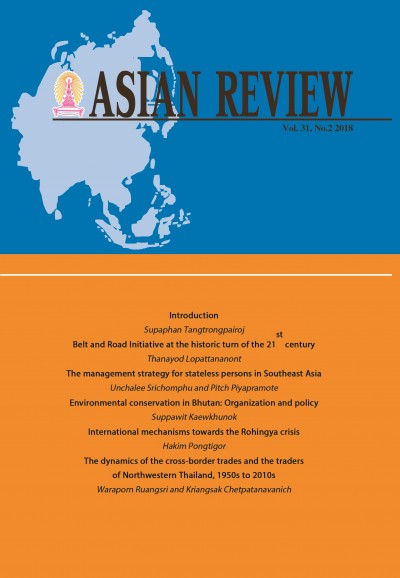Belt and Road Initiative at the historic turn of the 21st century
Keywords:
BRI, globalization, ChinaAbstract
hina announced the Belt and Road Initiative project in 2013 as an attempt to build a new Silk Road. The project is intended to assist China in achieving longstanding cooperation with other nations via trade and investment. It is planned to cover Europe, the Middle East, Africa and Southeast Asia and has now progressed to the point where trade and infrastructure have taken shape in the targeted zones. However, to understand that the Belt and Road Initiative or, in short, BRI, is a vibrant option for the world economy may not be suffi cient. Th e conditions of the global system have changed signifi cantly. Th e concept of nationalism has arisen to run counter to globalization and the free market economy while tensions between the superpowers intensify unceasingly. With reference to these conditions, BRI is considered in this article as containing the implication to encourage a new politico-economic network to address the idea of being nationalist. It resets the global-ization of the world economy and can be deemed to be a long-term defense against the US by tightening relationships with the strategic nations, especially, the close allies of the US in Europe and Southeast Asia. Th e project, therefore, has the intention and potential to be a way to security and peace amidst all the uncertainty. Th is article is written in a non-research format to broaden comprehension of BRI. A large body of information was collected in support of the discus-sion and suggestions are included at the end to provide information on more matters for future debate.
Published
How to Cite
Issue
Section
License
Published articles are under the copyright of the Instiute of Asian Studies, Chulalongkorn University. Partially or totally publication of an article elsewhere is possible only after the consent from the editors.







